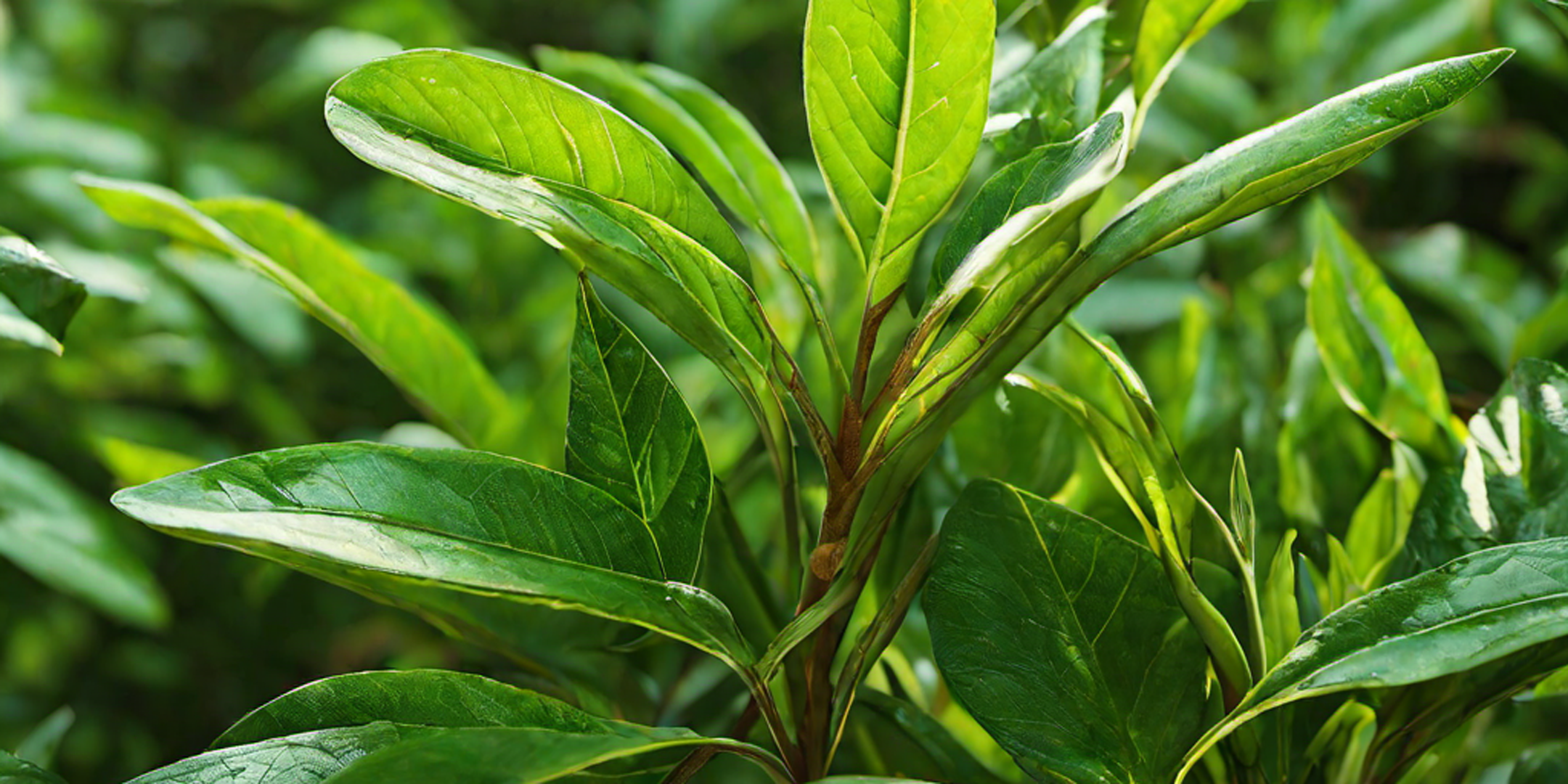The coexistence of wildlife and tea cultivation is a delicate and intricate dance between human activity and the natural world. As tea plantations expand and evolve, they often intersect with wildlife habitats, creating unique ecosystems where biodiversity and agriculture intersect. In this blog post, we will embark on a journey to explore the harmonious coexistence of wildlife and tea, examining the challenges, conservation efforts, and the remarkable balance that exists between these two seemingly disparate worlds.
The Intersection of Wildlife and Tea Cultivation
A Tapestry of Biodiversity
Tea plantations can be biodiversity havens. While some tea plantations are monocultures, within and around these cultivated spaces, a rich tapestry of flora and fauna thrives. From the shade-providing trees that shelter the tea bushes to the diverse array of insects, birds, and small mammals that call these plantations home, tea estates are vibrant ecosystems that support a wide range of life.
Challenges of Coexistence
As human activity expands into natural habitats, the coexistence of wildlife and tea cultivation is not without its challenges. Encroachment, habitat fragmentation, and human-wildlife conflict are among the primary concerns that arise when tea estates and wildlife habitats intersect. Balancing the needs of human livelihoods with the conservation of wildlife and their habitats requires a thoughtful and proactive approach.
Conservation Efforts: Preserving Biodiversity
Wildlife Corridors and Habitat Restoration
Conservation organizations and tea estates have been working together to create wildlife corridors and restore natural habitats within and around tea plantations. By establishing green corridors and preserving or planting native vegetation, these initiatives aim to reconnect fragmented habitats and provide safe passage for wildlife, allowing species to move freely between different areas.
Sustainable Practices and Ecosystem Preservation
Tea estates committed to sustainable practices prioritize ecosystem preservation and biodiversity conservation. From organic farming methods that minimize chemical use to the preservation of natural water sources and the protection of wildlife habitats, these initiatives are essential in maintaining the delicate balance between tea cultivation and wildlife coexistence.
Remarkable Wildlife in Tea Habitats
Avian Diversity
Tea plantations are havens for avian diversity, attracting a wide range of bird species, from songbirds and raptors to waterfowl and migratory birds. The lush vegetation, abundant insect life, and water sources within tea estates provide vital resources for these feathered inhabitants, creating thriving bird communities within these cultivated landscapes.
Small Mammals and Insects
Tea gardens also provide habitats for a variety of small mammals, such as squirrels, rabbits, and hedgehogs, as well as a diverse array of insects and pollinators. These creatures play essential roles in the ecosystem, contributing to the health and balance of the tea plantation environment.
Conservation of Endangered Species
In some regions, tea estates intersect with the habitats of endangered and threatened species. Conservation efforts within these areas are crucial for the protection and preservation of these at-risk populations, ensuring that they can thrive alongside tea cultivation.
Human-Wildlife Coexistence: Lessons Learned
Community Engagement and Education
Engaging local communities in wildlife conservation and providing educational resources can foster understanding and support for human-wildlife coexistence. By raising awareness of the importance of biodiversity and the value of preserving natural habitats, these initiatives promote a shared sense of stewardship for the land and its inhabitants.
Mitigation Measures and Conflict Resolution
Implementing effective mitigation measures, such as wildlife-friendly fencing, deterrents, and safe passage options for animals, can help reduce human-wildlife conflict. Furthermore, developing conflict resolution strategies that prioritize the safety of both humans and wildlife is essential for fostering peaceful coexistence.
The Future of Wildlife and Tea Coexistence
As we look to the future, the coexistence of wildlife and tea cultivation presents an opportunity for innovative solutions and collaborative efforts. By embracing sustainable and conservation-minded practices, tea estates can continue to be vital contributors to biodiversity preservation while supporting human livelihoods.
In honoring the remarkable intersection of wildlife and tea, we recognize the value of these coexisting spaces and the profound interconnectedness of human activity and the natural world. By working together to protect and preserve these shared habitats, we can ensure that the harmonious dance between wildlife and tea cultivation continues for generations to come.
As we conclude our exploration of the coexistence of wildlife and tea, we celebrate the resilience of these shared spaces and the remarkable diversity they support. By embracing sustainable practices, conservation efforts, and community engagement, we can foster a future where wildlife and tea cultivation thrive in harmony, creating a legacy of coexistence and biodiversity that enriches our world.




